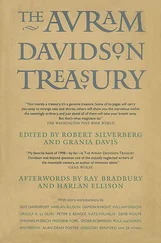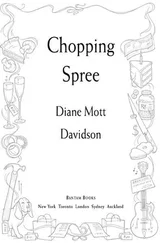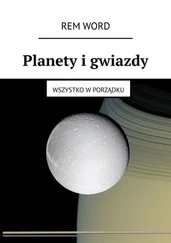The Grimms’ Fairy Tales , as the English-language version was called, were soon established as classic children’s literature. The collection of tales became the most reprinted book in Germany after Luther’s bible and has been translated into more than 160 languages. And what would Walt Disney, who kick-started his movie empire with Snow White and the Seven Dwarfs , have done without the Brothers Grimm?
As the brothers collected their folk tales they were able to investigate phonetic shifts in the German language which led them to formulate one of the earliest and most important linguistic laws, now known as Grimm’s Law. It was largely Jacob Grimm’s work. He traced the vowel shifts in various European and Ayran languages and found they were all linked to a common root. His work on linguistics, contained in the original German grammar book, Deutsche Grammatik , in 1819, was the first to employ a rigorous scientific methodology and could be said to have given linguistics — or philology as the Germans like to call it — a sound basis.
In 1838, the brothers began a monumental project: the Deutsche Wörterbuch (or simply Der Grimm ) is to the German language what the Oxford English Dictionary is to English. The brothers planned to record information about the history and usage of every German word. They thought the task would take them ten years; in fact, Wilhelm had died by the time the first volume, A — Biermolke , was published, and when Jacob died in 1864, he was only at F for Frucht (fruit). An army of academics continued work on the dictionary, but it wasn’t completed until 1961 — almost a century and thirty-two volumes later. It has around 350,000 entries and weighs 84 kilos. The dictionary is already being revised, and letters A — F are due for completion in 2012.
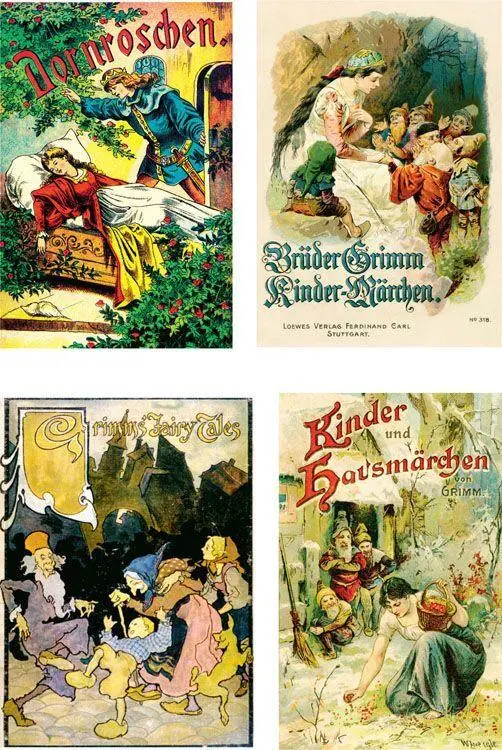
The Grimms’ fairy tales quickly became classics in children’s literature
The brothers didn’t live to see the fulfilment of another dream of theirs — the founding of the modern German nation-state in 1871. Jacob Grimm had written in his autobiography a few years earlier:
Nearly all my labours have been devoted, either directly or indirectly, to the investigation of our earlier language, poetry and laws. These studies may have appeared to many, and may still appear, useless; to me they have always seemed a noble and earnest task, definitely and inseparably connected with our common fatherland, and calculated to foster the love of it.
With hindsight, Jacob’s nationalistic tones — however romantic — are rather unsettling. I much prefer the words he used in his eulogy for his beloved brother Wilhelm. He called him simply mein Märchenbruder , my fairy-tale brother.
It’s reckoned that there are more than 6,000 languages spoken around the world today. Most modern linguists don’t think that these languages originated in just one place, but rather that a variety of them evolved independently among different groups. Current thinking is that almost all of them can be traced back to about ten main ‘language families’. Chinese, for instance, derives from Sino-Tibetan; Swahili from Niger-Congo. But the largest of these families, the one that half the world’s population can trace their language back to, is Proto-Indo-European.
Scholars in Europe first began to investigate the history of languages at the end of the eighteenth century. There was already clear evidence that a group of languages — French, Spanish, Italian and other Romance languages — were descended from Latin. What Jacob Grimm, in his Deutsche Grammatik , and a handful of others did was to trace back almost all the languages of Europe, together with some from western Asia and northern India, to one single ancestor language — Proto-Indo-European (PIE).
Grimm’s Law, as it became known, showed how the consonants of different Indo-European languages relate to each other. For example, there is a regular relationship between words beginning with p in Sanskrit, Latin or Greek and f in Germanic languages (including English). So, pater in Latin becomes father in English; or pada, ped and pus in Sanskrit, Latin and Greek become foot, voet, Fuss, fotur and fod in English, Dutch, German, Icelandic and Danish. Other examples show the relationship of k to h in non-Germanic and Germanic languages: kyon, canis and ci (dog) in Greek, Latin and Welsh become hound and Hund in English and German. And there’s also a link from g to k , for example, with gelandros and gelu , meaning cold in Greek and Latin, becoming cold, kalt and kall in English, German and Swedish.
We think this single language was spoken more than 5,000 years ago in the Steppes of southern Russia. As tribes migrated through Europe and Asia, PIE split into a number of dialects, and these in time developed into separate languages. It wasn’t the first language of man; it’s simply the oldest we have evidence of. We don’t know what PIE would have sounded like, and there are no written records. All we can do is try to inch our way tantalizingly nearer by looking for clues in the oldest written records we’ve found so far. For example, scholars have worked on prose from the Old Indic literature of ancient India, which was passed orally from generation to generation. One piece of prose — The King and the God — is thought to be the oldest sample of literature in any Indo-European language. By working backwards a few millennia, this is how some scholars think a PIE storyteller 5,000 years ago might have sounded: ‘To réecs éhest. So nputlos éhest. So réecs súhnum éwelt. Só tóso cceutérm prcscet: “Súhnus moi jnhyotaam!” ’ (‘Once there was a king. He was childless. The king wanted a son. He asked his priest: “May a son be born to me!” ’).
The floor of the General Assembly of the United Nations in New York looks a bit like a reincarnation of the Tower of Babel. Hundreds of voices talking in different tongues, evidence that mankind’s initial proto-languages split into thousands more. In fact, there are just six official languages in the United Nations — English, French, Spanish, Chinese, Russian and Arabic; de facto, all 192 member states have to speak one of these to be heard. It is rather ironic that the United Nations, the defender of the rights and sovereignty of all its member states, has to use old-fashioned language imperialism to make itself understood. Perhaps the world would be better off if everybody spoke just one language.
‘Oh, no,’ insists Zaha Bustema, an Arab-English simultaneous translator. ‘No, no, no, no!’ Her passionate response isn’t simply because it would put her out of a job. ‘There is a beauty of languages. They are living entities. Each and every language has its own music, its own imagery, its own way of expressing the sentiments and the nature of the people. It would be a loss if that language did not exist. Oh, I’m very much in favour of the Tower of Babel.’
That Tower of Babel is increasingly under threat as the homogenization of languages seems to be pushing us back to the days of a few proto-languages; and that, as we shall find out in the next chapter, spells the death of many of our micro-languages, each one a repository of knowledge, a definer of culture and identity, exquisitely structured and vastly complex.
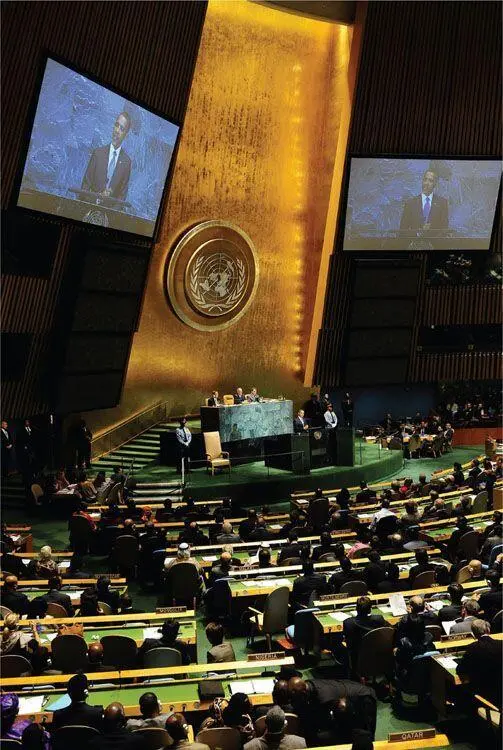
The United Nations headquarters in New York, 2010
Читать дальше




